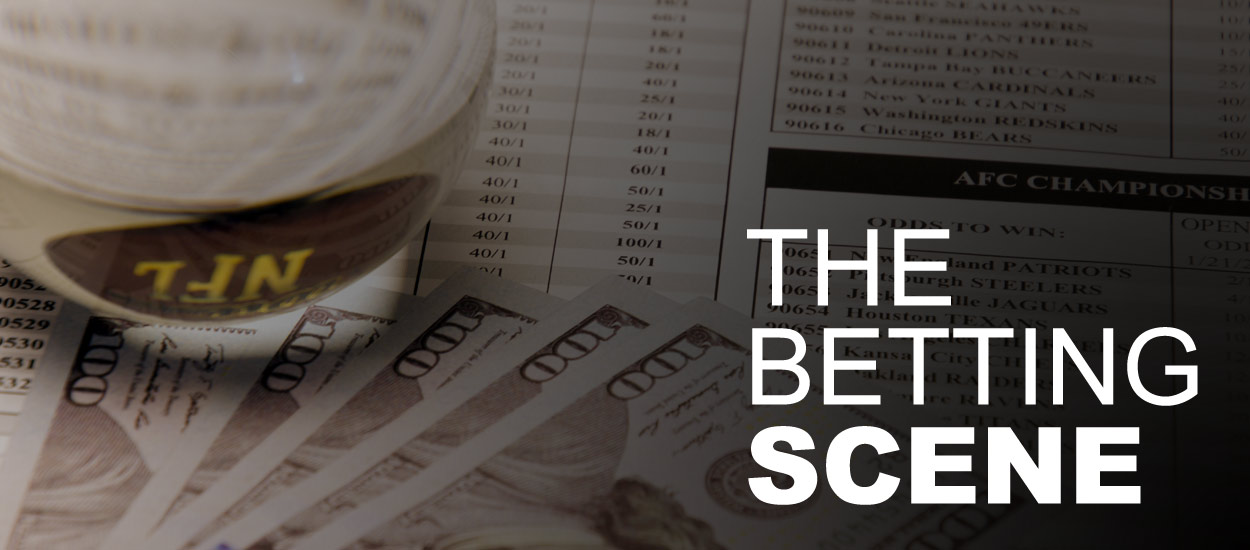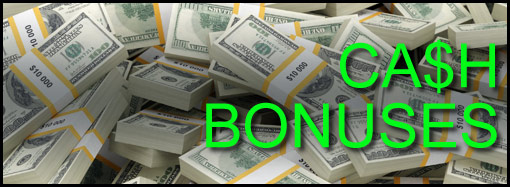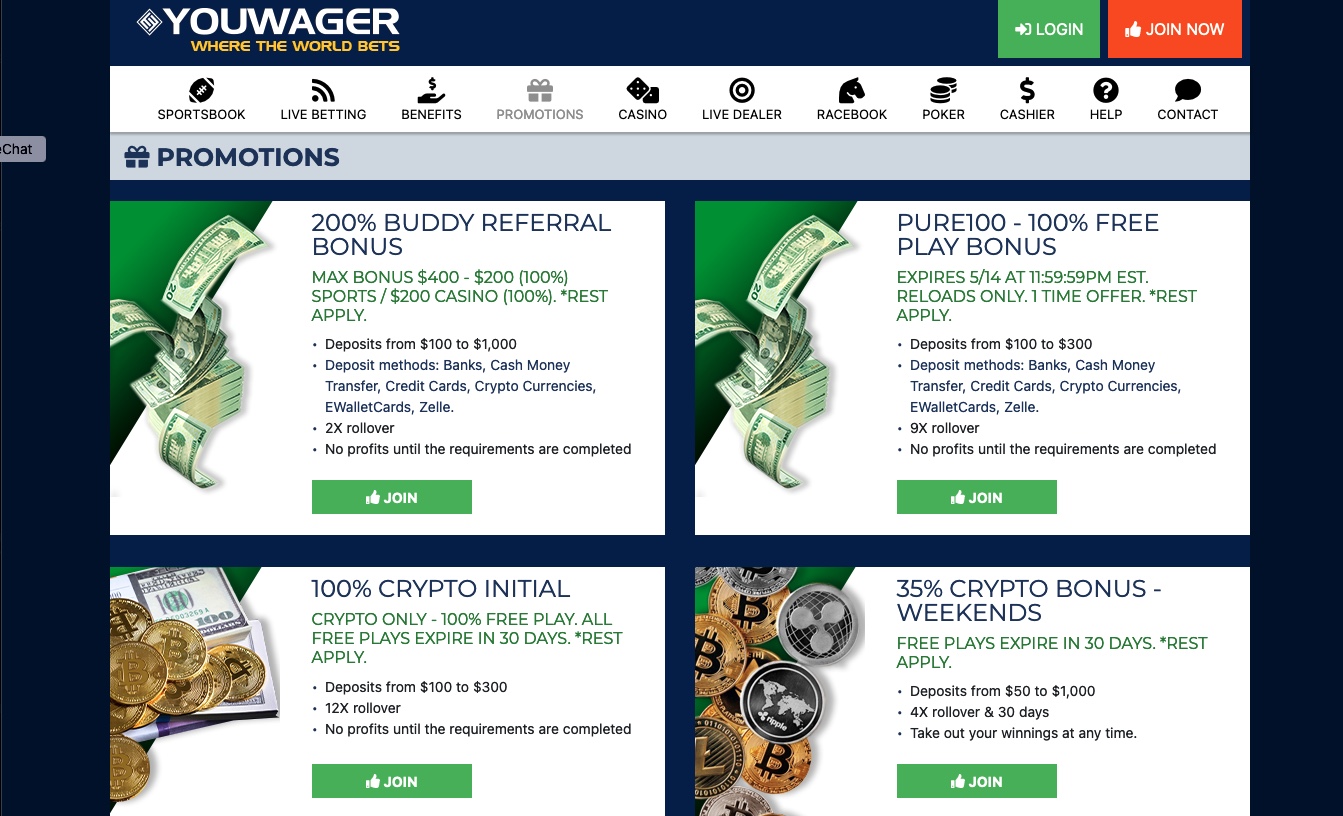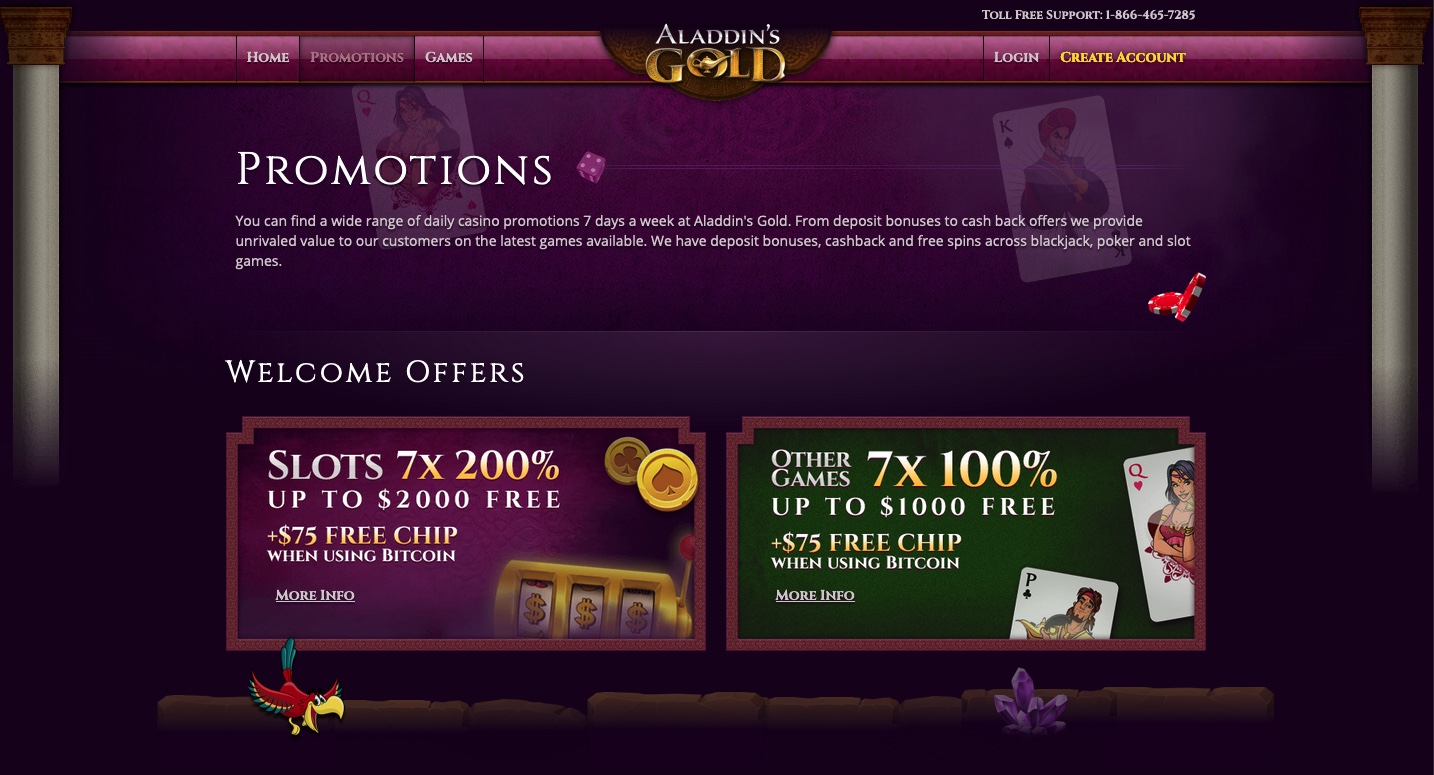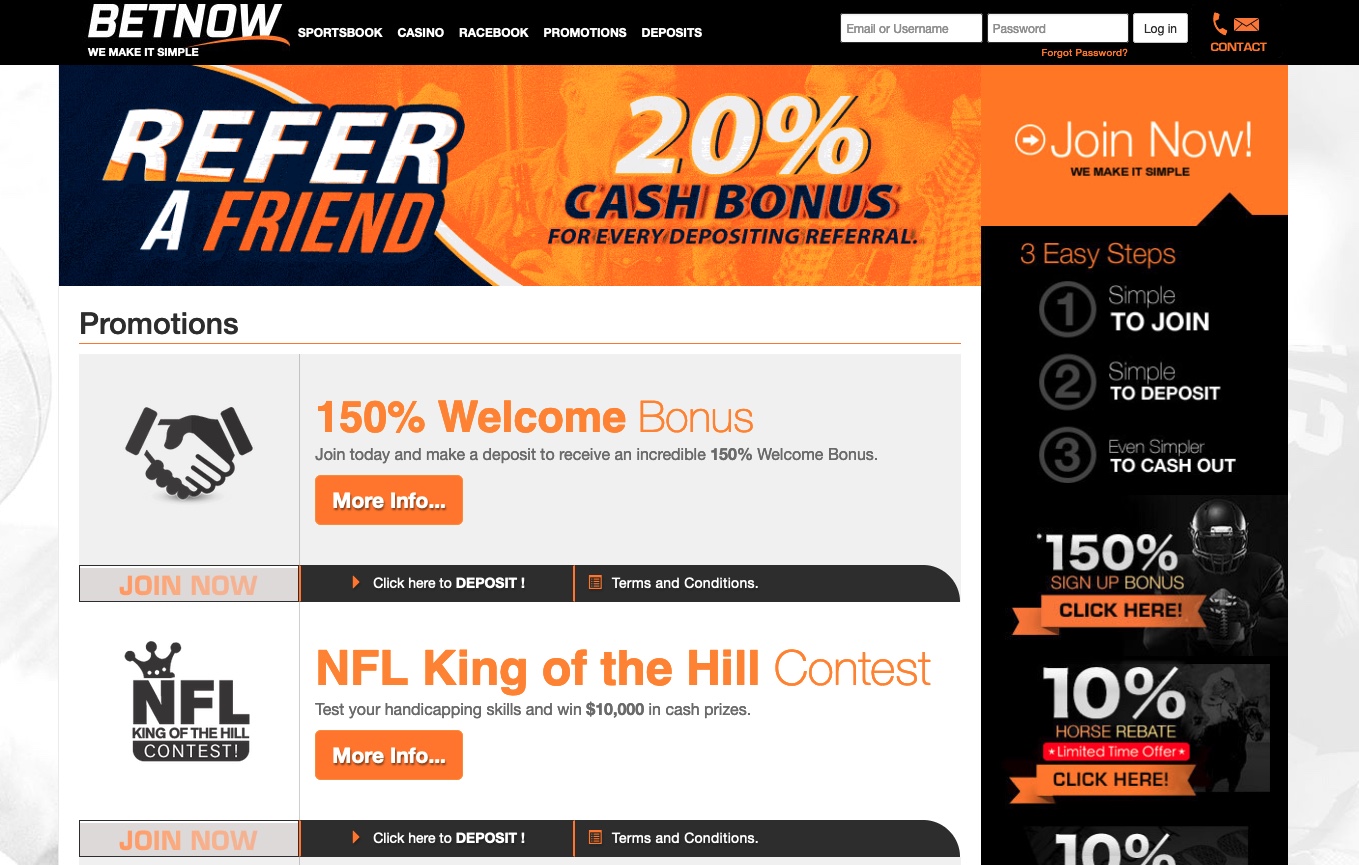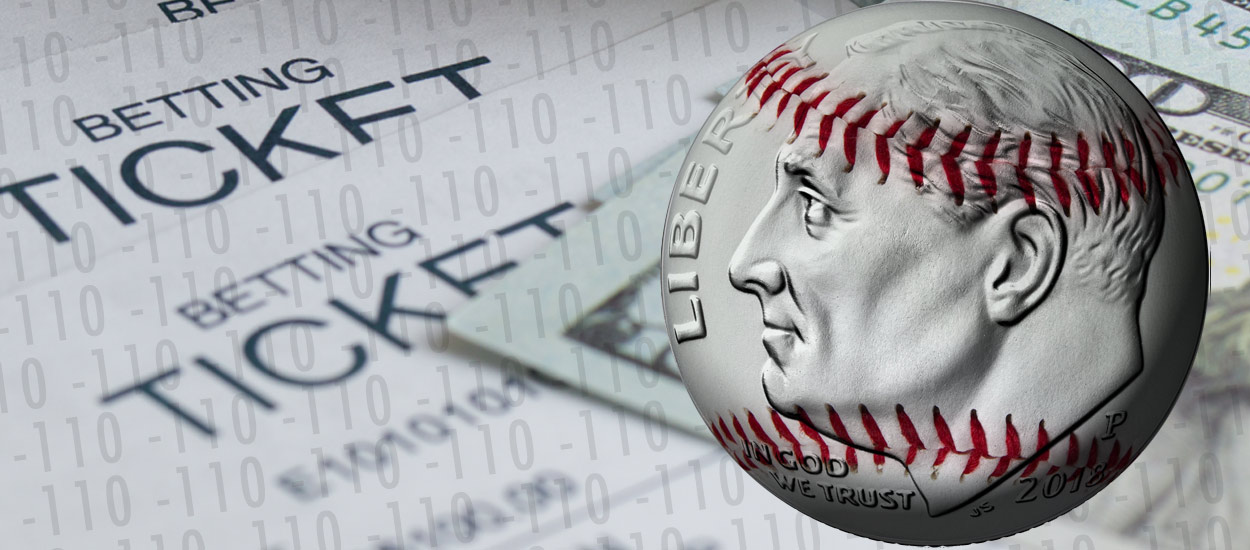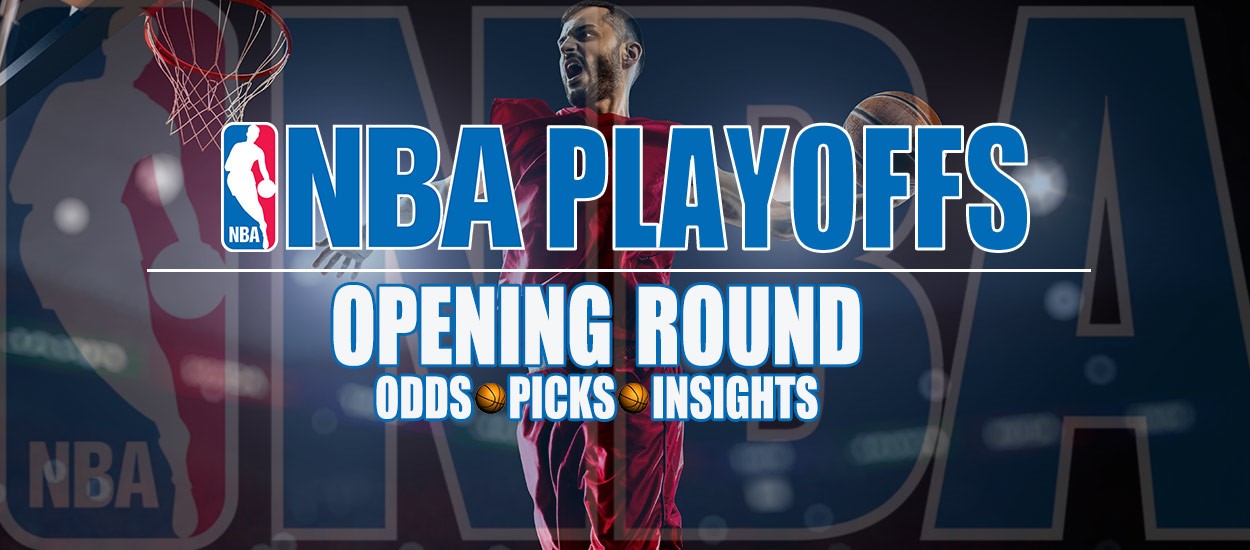Whereas lawmakers and financial institutions measure the success of an online poker industry in terms of revenue, players look to liquidity as the benchmark by which they judge a market's worth.
In my talks with New Jersey poker players, the majority have shied away from online play because in their estimation, it was either too difficult to find a cash-game during off-peak hours, or tournament guarantees were too low.
That, and they're patiently waiting for PokerStars to reenter the Garden State, with most expecting liquidity to double or even triple once it's back.
Which raises the question: In an ideal scenario, just how much can NJ players expect liquidity to grow over the next six months?
And just as importantly: Can liquidity increase enough to attract players who would only be inclined to play if games could easily be found round the clock?
Assumptions regarding the future state of NJ's iPoker market
For this exercise, I'll assume the following:
PokerStars will be firmly integrated into New Jersey's online poker market before January 2015. Given Amaya's recent acquisition of Stars, there's little reason to believe this isn't viable.
New Jersey's current online poker rooms will continue to incrementally improve their server stability, geo-location software and promotional schedules. Player experience with customer service teams will become slightly less irksome.
US.888poker.com and WSOP.com will pool their players into one network. This one might seem like a bit of a stretch, but given the current happenings in Nevada, it's at least conceivable that WSOP.com will soon join the All American Poker Network in New Jersey.
Seasonal trends will cause traffic in New Jersey to rise organically throughout the next six months.
Of course unknown variables may present themselves over time, but in my estimation, the aforementioned assumptions appear to be a reasonable starting point.
Measuring NJ cash-game traffic trends
According to PokerFuse Pro via PokerScout, 7-day average cash-game traffic in New Jersey peaked at 601 on January 26th – approximately two months after the industry first launched in late November 2013.
In the four and a half months that followed, the nascent industry became mired in an elongated downtrend, which saw traffic levels plummet nearly 50 percent.
Since, the market has realized modest gains, growing from 304 on June 8th to 354 on July 26th – good for a 16 percent growth margin, but a far cry from the 100 percent margin that would have been required to boost traffic back to its late January levels.
Several factors likely account for the moderate resurgence. Certainly, more varied cashiering alternatives, better cashback deals, and increased brand awareness – largely due to WSOP's efforts in Nevada – facilitated the growth of the industry.
But there was more to it.
The bottoming-out effect
By early June, the ratio of online poker players-to-New Jersey population had grown so tiny that it would have become exceedingly unlikely for it to shrink much further.
Here's why:
Let's first divide NJ's online poker players into five tiers: beginner, recreational, enthused hobbyist, semi-pro and pro.
In January, the market was comprised of players from all five groups. But as time wore on, many of the recreational players and enthused hobbyists would develop grievances against New Jersey's sites and leave.
Eventually, what we're left with is a community comprised primarily of "regs" who rely on online poker as a regular source of income. For them, it's more difficult to simply log off and not play again – akin to quitting a well-paying job.
In short, at the bottoming-out point only those who need to play online poker are left. As a result, the market has nowhere to go but up.
Whether it does or not is highly dependent on a network's willingness to shift their attention to recreational players, much like 888 did through its Summer Slam promotion.
I observed a similar trend in Italy, where the novelty of a ring-fenced online poker industry initially propelled the industry upwards. This was followed by a significant loss of cash-game volume (~40 percent) over the next year, and finally a revival in Winter 2012-13.
Since, traffic trends on the Italian market have largely resembled those of the industry as a whole. New Jersey, on the other hand, has since defied seasonal trends, gaining momentum throughout the historically downtrodden summer months.
This leads me to conclude that in so long as NJ sites keep the casual-friendly promos coming, cash-game traffic will continue to trend slowly upward throughout the rest of the summer, only to accelerate this fall.
The true population reach of New Jersey's iPoker market
It's not 8.8 million, as the census would have you believe.
Unlike other ring-fenced markets, New Jersey has the added advantage of being smack dab in the middle of two major urban areas – New York City and Philadelphia.
Already, it's been shown that 15 percent of players do not hold residence in New Jersey. This unique facet of the industry increases its potential substantially.Assuming that most out-of-state players reside in either NYC or Philly and that players from those locales are approximately one-sixth as likely to play on a NJ-based poker site than someone who resides in the state, then:
NJ iPoker Effective Population Reach = 8,800,000 + ((1/6)*(8,400,000+ 1,550,000)) or 10.46 million
Comparing the proportion of average cash-game players in NJ's market to those in other ring fenced industries (as of July 26):
Italy: 1 in 25,654
France: 1 in 21,159
Nevada: 1 in 16,398
New Jersey: 1 in 29,630
New Jersey's underwhelming figures lead me to believe that the market is grossly underperforming, and by extension, that there is substantial room for it to blossom.
Factoring in PokerStars
The presence of PokerStars brings with it a slew of potential benefits in New Jersey, including:
Market consolidation: This is paramount to the survival of the industry. Originally, five networks were fighting for the attention of New Jersey's smallish pool of poker players. This has since been reduced to three, but with PokerStars in the picture, it's conceivable that the market will converge into just one main site, and two secondary networks. A higher concentration of players on one site will undoubtedly lead to higher MTT guarantees and more cash-games, which in turn encourages self-reinforcing liquidity.
Brand recognition: Anyone who has played online poker in the past decade has likely at least heard of, it not played on, Stars. Its heralded reputation alone may prove enough of a motivating factor to draw previous holdouts.
Money and experience: PokerStars has enough experience to know how to run an effective marketing campaign, and enough money to bring its b&m partner Resorts back from the brink of irrelevancy.
Intangibles: PokerStars has likely been observing NJ's operators with a watchful eye, and is unlikely to repeat their mistakes. Its presence may also increase online poker tourism to the area, although I won't go as far to say that New Jersey will become an international hub of online gaming.
If it wasn't already blatantly obvious, PokerStars' reentry into the Garden State will propel traffic numbers upward.
So what's the bottom line?
Of course there are other intangibles we didn't consider such as whether or not California or Pennsylvania passes an online poker bill by early 2015. I'm going to assume that they won't, but if they did it would help to increase regulated iPoker awareness, especially if PokerStars were involved.
But just based on the variables discussed, here's the way I see things in New Jersey as of January 2015:
networks picking up the remaining crumbs.
The proportion of players-to-population in the Garden State will be more on par with those found in other segregated markets.
Seasonal trends will have a profound effect on NJ traffic.
In terms of percentage growth, New Jersey will outperform the global market.
By calculating the average January highs of segregated markets where PokerStars already hosts operations, and measuring those against the NJ iPoker effective population reach calculated earlier, and finally accounting for recent trends and the novelty of PokerStars reentry into the U.S., I was able to come up with a cash-game liquidity range that I feel crudely approximates what we'll see in NJ come January, 2015.
That range: 750 – 800 cash-game players. That's certainly enough to satisfy the expectations of most players I've spoken to, yet still falls significantly short of what some initially perceived.
This is a reprint from onlinepokerreport.com. to view the original, click here.







